Deployment Letter Template for Professional Use
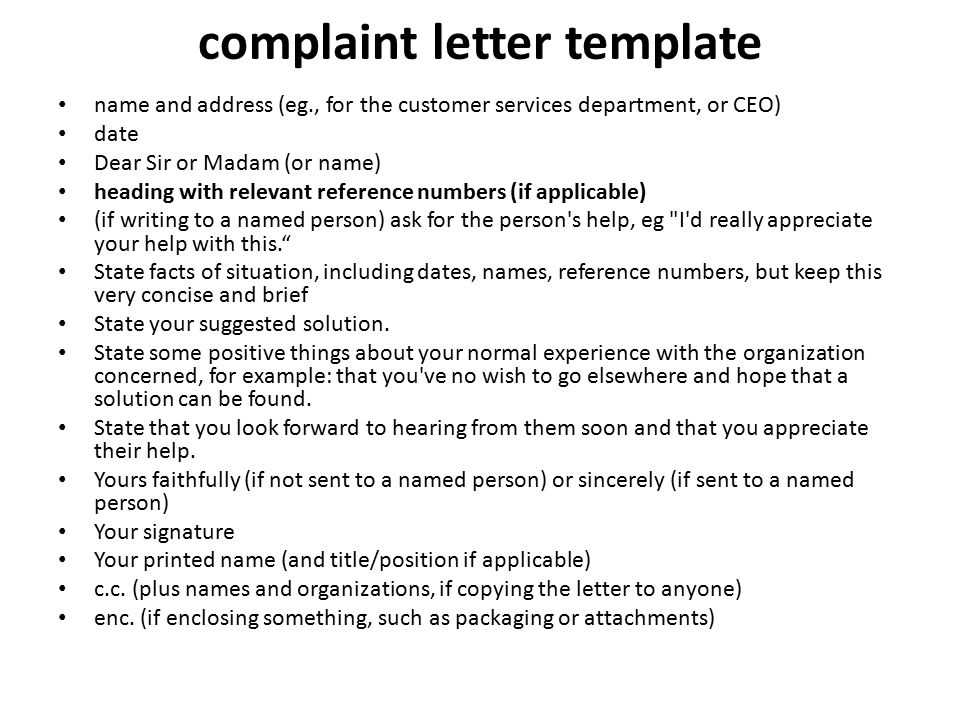
When preparing to communicate official changes in job roles, relocations, or temporary assignments, it is essential to craft a clear and professional message. This document serves as a formal way to notify individuals of their new responsibilities, the logistics surrounding their move, and any necessary preparations they must undertake. Whether for business or personal reasons, the key to an effective communication piece is clarity and thoroughness.
Key Elements of a Relocation Notice
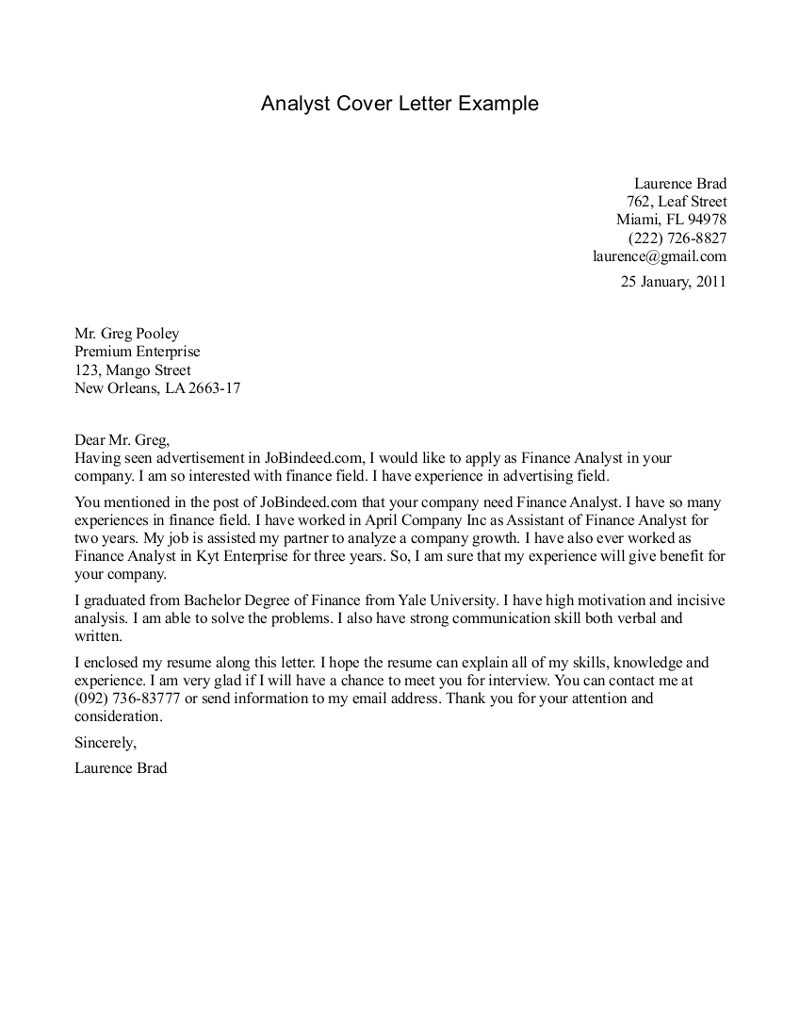
The core components of such a document should include the recipient’s name, the position or assignment they are being moved to, and the specific dates of the change. Furthermore, the document should mention any additional tasks or requirements associated with the relocation or role shift. These details ensure that the recipient is fully informed about the new situation.
Critical Points to Include
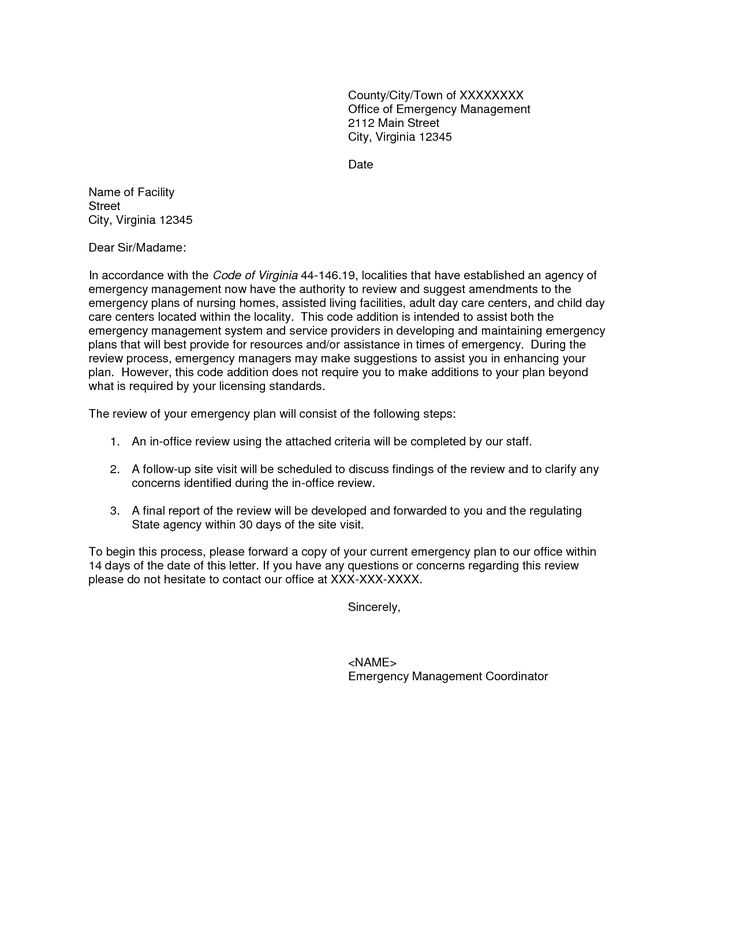
- Recipient Details: Full name and contact information.
- New Role or Assignment: A clear explanation of the new position and its duties.
- Timeline: Specific dates outlining when the change will occur.
- Logistics: Information on travel arrangements, housing, or any necessary equipment.
- Point of Contact: Who the recipient should reach out to for assistance during the transition.
Tips for Writing an Effective Communication
It is essential to strike a balance between professionalism and warmth in the message. While the information must be precise and unambiguous, maintaining a tone that is welcoming and supportive can ease the transition for the recipient. Here are some helpful tips:
- Be Clear: Avoid jargon and overly complex language. Aim for simple, straightforward communication.
- Be Positive: Highlight the opportunities and benefits of the change for the recipient.
- Be Concise: Provide all necessary details without overwhelming the reader with excessive information.
Customizing the Document for Your Needs
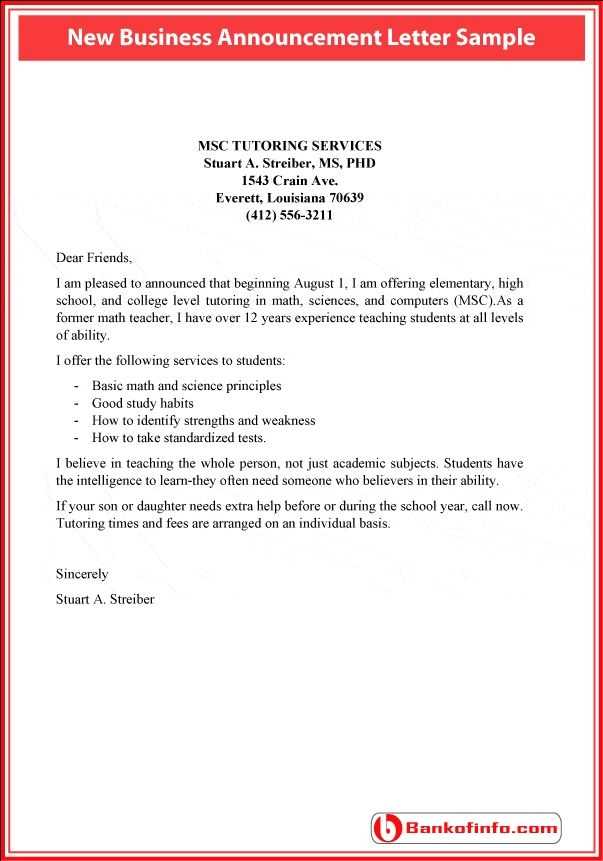
Each document should be tailored to the individual and the specific situation. Personalization can include addressing the recipient’s unique needs, whether it be related to their relocation arrangements, special requests, or role expectations. Customizing the message demonstrates thoughtfulness and care, ensuring the recipient feels valued.
Understanding the Purpose of a Relocation Notification
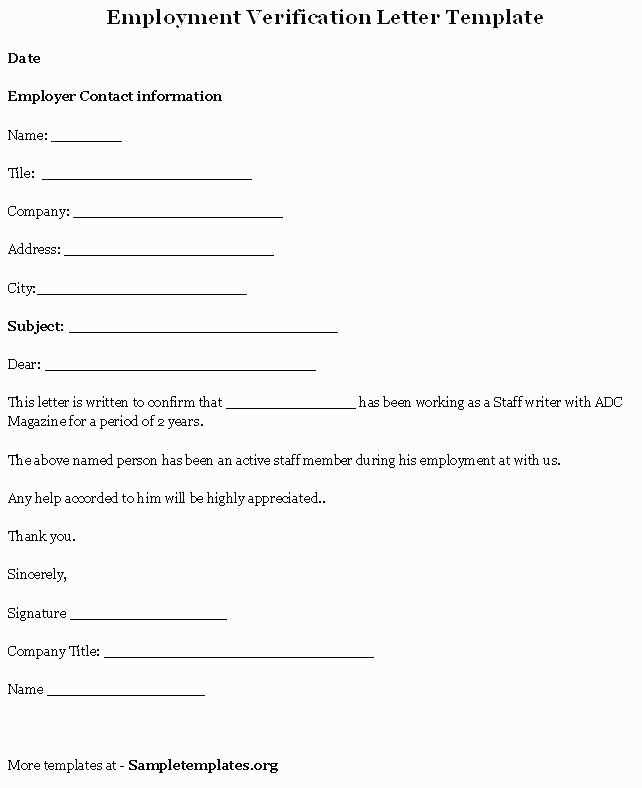
This document serves as an official communication tool used to notify an individual about a change in their work responsibilities, location, or assignment. Its primary goal is to provide clarity, set expectations, and ensure all involved parties are informed of the necessary details regarding the transition. A well-crafted document can facilitate smooth transitions, reduce uncertainty, and help individuals prepare for the changes ahead.
Essential Parts of a Relocation Communication
To ensure the recipient fully understands the details of the shift, it is crucial to include key elements in the message. These typically encompass the individual’s personal information, the new role or task they will assume, important dates, and any additional resources or support available. A comprehensive approach to structuring these details helps prevent confusion and sets clear expectations.
Why a Relocation Notification Matters
Such communications are essential for both the employer and employee, as they help in aligning expectations and ensuring everyone involved understands the upcoming changes. Clear documentation fosters trust and confidence, allowing individuals to adjust more easily to new circumstances. It is especially important in professional environments where transitions might impact workflow, deadlines, and productivity.
How to Write a Clear Relocation Notification
To write an effective message, begin with a clear and direct introduction that explains the purpose of the change. Follow with specific details, such as dates, responsibilities, and any support that will be provided during the transition. Avoid using complex language or unnecessary details, and ensure the message is concise and easy to understand. A well-structured notification helps the recipient stay focused on the important aspects of the transition.
Common Mistakes in Relocation Documents
When drafting a formal communication for such purposes, some common errors to avoid include being vague, overly formal, or neglecting to provide clear instructions or deadlines. These mistakes can lead to confusion and create unnecessary stress for the recipient. Additionally, failing to consider the recipient’s needs or overlooking critical details can result in an incomplete or ineffective message.
Best Tips for Personalizing Relocation Notifications
Personalization is key to making a relocation communication feel thoughtful and considerate. Customize the message by addressing the recipient’s specific situation, and include any details that are relevant to their personal preferences or needs. This could involve mentioning relocation assistance, offering flexibility in scheduling, or addressing specific concerns. A personalized approach not only improves clarity but also shows that you care about the recipient’s well-being and success during the transition.